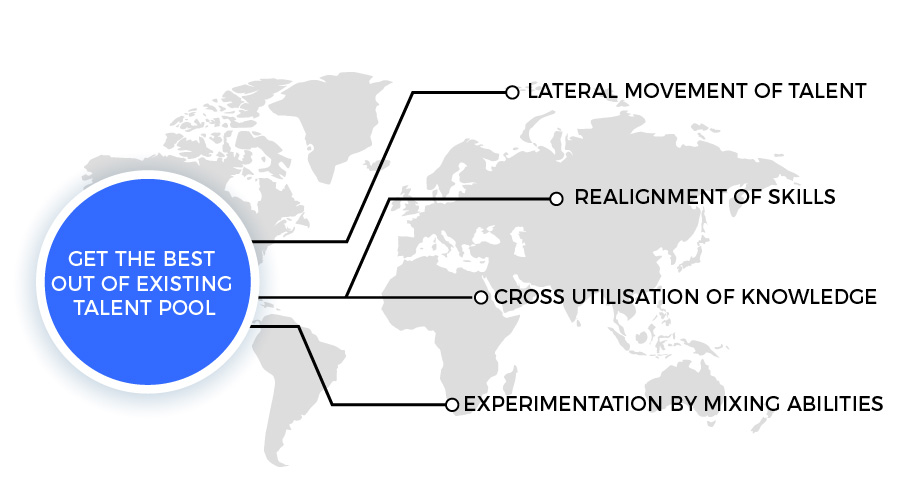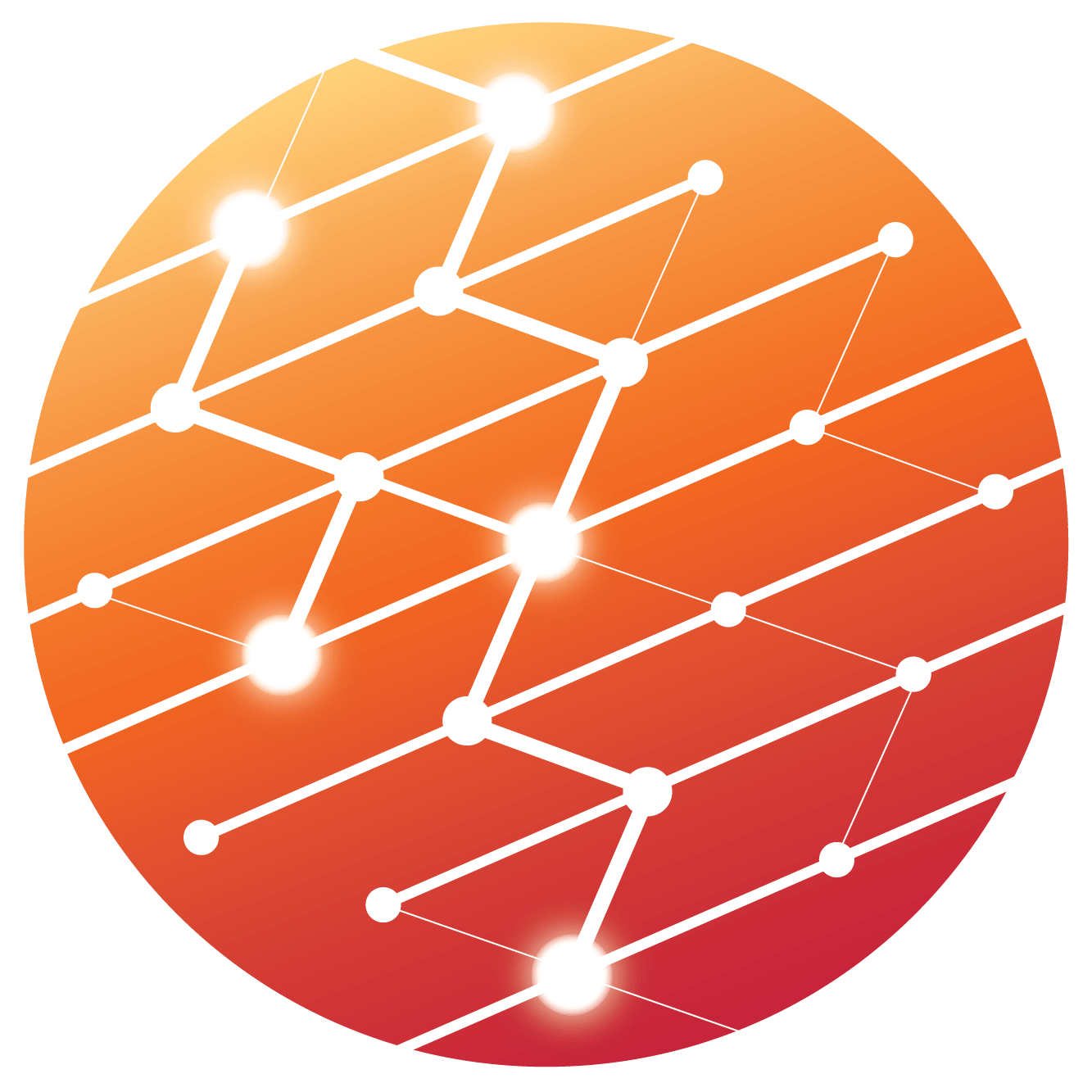It is an unending loop from time immemorial, the cycle of application – learning – improving – up branding and change, thus, something that has “been in the past” returns in a new avatar as a growth engine.
This is ever so true in our unending quest for Talent, in and across every walk of life. Be it mundane home management, with application of technology and process to improve quality of home life or to call out just a few wider applications like sports, entertainment, art, culture and of course in all of our revenue generating activities.
A factor really interesting and intriguing about Talent is its range and diversity, and ability to change driven by circumstances or personal ambitions. Today there is no single human activity that can be done where collaboration of talents has not prevailed.

An unconscious barrier in this quest to fill skill gaps, we forget that we may already have a pool of talent which we fail to tap into. In my own personal experience, I can recall an instance when I had put out a search for a skill to fill a management role only to find out from a colleague that she had this competence but we had assigned her a position that required a lower degree of expertise for want of an opportunity.
It is not that we do not want to leverage these pools but just that the way things are structured, it is not easy to find talent when we need it. There is very little visibility with us to even see it when we need it. In fact, the larger the talent pool we have, the lower the visibility within and thus a lot of talent goes untapped. All this potential remains unutilised, leading to significant loss for organisations. Further, the more difficult it is to find good talent, the more the chances that this will be hoarded by an individual/ organisation that owns it.
Protectionism in HR
Thus, we find ourselves in the current conundrum where protectionism in HR is the norm. This is mainly due to the perception that collaborating for skills will compromise IP or cause leakage of talent. We miss the point that this is already happening through resignations and retrenchment all around us – for instance, in the IT industry, talent attrition levels are at a high of 15% or that the whole organisation is replaced with new talent every 6-7 years!
- Can we change this mindset that has led us to the current state?
- Do we have the tools?
- Are we ready to make changes?
- Will all stakeholders accept the change?
These are important questions that we need to address. The current global environment has got us to sit back and rethink our ways of working, our attitudes to duties and our basic perspective of life. What better time to introduce the change that everyone needs desperately but is not asking for as yet?
How do we make the best use of our Talent Pool?
- Lateral movement of talent
- Realignment of skills
- Cross utilisation of knowledge
- Experimentation by mixing abilities
These are but a few tools that we can leverage to get the best from our people. We have to use the technical and social opportunities that are now at our disposal to drive maximum benefit to ourselves, our organisation(s), to our colleagues and to our society at large.
The benefits that this will deliver will impact us all deeply. It will have the ability to make a generational impact – in fact, we will be driven to this change by the personal drivers of the new workforce coming into its own, the “Gen Z”.
Important factors for Retention
Here are some of the values that will be the deciding factors for loyalty and retention in the future:
- Personal satisfaction
- Social impact
- Loyalty
- Wider opportunities
- Independence in thinking
- Acceptance of ideas
It is time now for organisations to rethink and strategise their talent management to align with the collaborative society that we have become. It is not the level of collaboration that has changed but the scope, technology today has enabled us to collaborate beyond boundaries, across ideas and at blinding speeds.
The call to action is to adopt disruptive HR Tech that has created ways for you to usher in this change into your organisation. Follow me on https://www.linkedin.com/company/skill-beyond-boundaries or https://www.linkedin.com/in/karanmangat/ for the next post where I will share with you tools to leverage internal talent.

